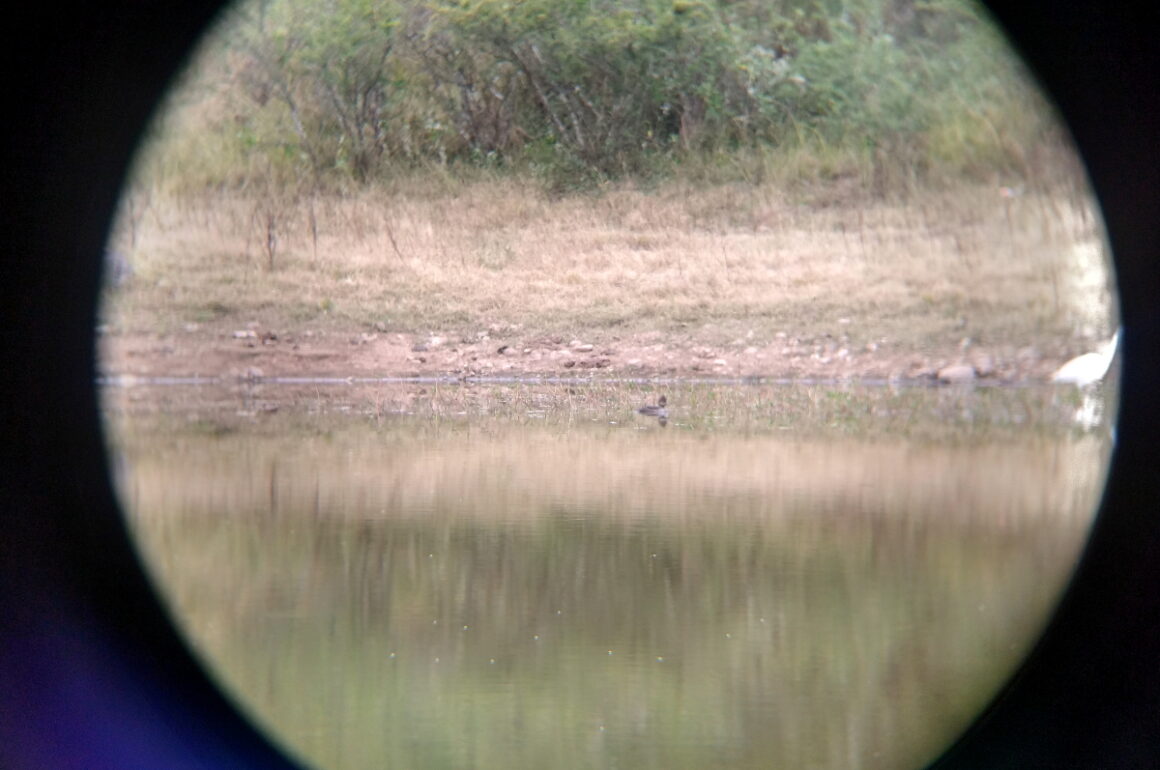
Well, I have been away from this site, for far too long. I’m sorry. And since I suspect there may be others out there who, like I, feel something of a personal connection with 10,000 Birds’ regular writers, I feel the need to explain my absence. If you don’t wish to read all this personal stuff, please do jump to the bottom of this post, to get to the feathered stuff.
Anyway, here are some of the reasons I have been away:
- My wife and I just finished a very long, complicated trip. We were away from home for six and and half weeks.
- This trip included seven international flights, between six countries, on three continents. The trip was planned as a work trip, but ended up including a surprising amount of tourism.
- Some of this tourism occurred because we were supposed to visit Jordan, but recent geopolitical events have made Americans rather unwelcome in that corner of the world. Flight changes were required, in mid trip.
- Two other countries we visited, Morocco and Turkey, have recently experienced catastrophic earthquakes. We stayed in Marrakesh, near the epicenter of the more recent quake. And we had the privilege of eating in the home of someone from the epicenter of the other, although we stayed very far from that city. The Marrakesh situation, plus the above geopolitical situation, created some doubt as to those visits, although we eventually were able to go to each destination. (If asked, we would answer, “We’ve come from Mexico.” It’s not a lie.)
- But mostly, planning this trip was hugely stressful because I had to renew my passport beforehand, and it turns out that process is tremendously backed up here in Mexico. My application was accepted seven weeks before our departure, and the embassy’s website said it should arrive in three weeks. After desperate action, I actually received the passport, I kid you not, on the day of our initial flight to Amsterdam. So everything was uncertain until that day. I actually became so stressed I developed boils, an entirely new reaction for me.
- And while I was stressing about that passport, a pair of unauthorized charges caused our bank to cancel our credit cards. “Don’t worry”, they said, “the new ones will arrive in three days”. Arrive, that is, in the U.S.; and Mexico won’t allow them to be shipped here. My wife got to fly up for them. Because I had no passport at the time.
Now, all of this should not have kept me from seeing, and reporting on, some cool Mediterranean birds. And so I will, once it overcome some technical details. You see, a similar trip last year convinced me I should not do major travel with a 3 kilo camera+lens combo any more. So I convinced my ever-patient wife to let me buy a used 1 kilo Olympus mirrorless combo. This is a great camera. It is also a very, very complicated camera. And I am a slow learner. The first third of the trip, I couldn’t manage a passable photo. Once I learned how to achieve those, I couldn’t figure out how to process the photos, which can only be done on the Olympus system. Now I can download them and process them. All I still need to learn is how to save them and copy them outside the system, and you kind, patient folk will be able to read about my new Moroccan and Turkish feathered friends (and one from Spain).
Which brings me up to the title for this post. We arrived home only a week ago, and as of this writing, I have not yet picked up my heavy camera and gone birding. In fact, I have not formally gone birding, at all. So you can imagine my surprise when I stumbled upon a rather astonishing bird, the day after our arrival.
Our nearby Lake Cuitzeo, you see, has dried up this year. That also happened a few years ago, giving me the opportunity to discover that such a loss scatters the lake’s winter waterfowl to every body of water in the region, no matter how small.
One such body of water, a quarter-acre artificial pond, can be found a few hundred feet from our church building on the edge of town. And as I have mentioned before, a Cuban ornithologist friend now attends our church. He birds everywhere he goes, including around our church every Sunday. So this Sunday, after he pointed out that our winter Say’s Phoebe was back, and pointed out a rather rare Merlin that turned up, it occurred to me to show him this little pond so he could check it for waterfowl.
We walked over there, stopping to see several birds along the way, and when we finally topped the bank surrounding the pond, there was indeed a duck floating on the water. But it was not a Blue-winged or Green-winged Teal, like those I had seen there on our previous dry year. This duck had a long, ever-so-thin bill, and a surprising brown crest. Having seen them in Europe, I knew it was a Merganser. But which one? You see, North American Mergansers do not normally reach central Mexico, and I had never seen any.
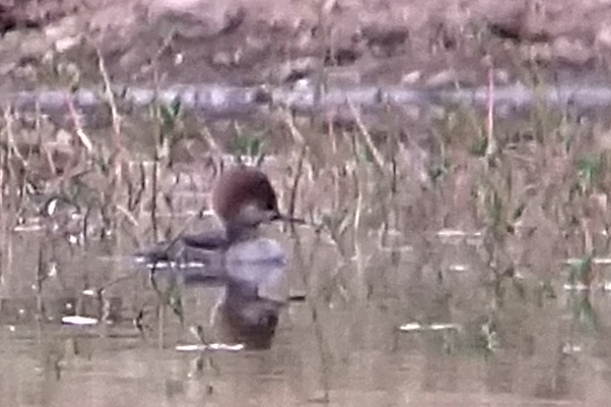
Fortunately, two species of Mergansers sometimes stray to Cuba, and so my friend suggested, correctly, that ours was a female Hooded Merganser. He was also correct when he guessed that it would be the first Hooded Merganser reported for our state of Michoacán, and that our report would not be believed without photographic proof. (Hooded Mergansers should not go further south than Texas.) So we did our best to manage photos with our mobile phones and his binoculars. I, of course, did not have any optics with me. Because this was a very unexpected encounter.
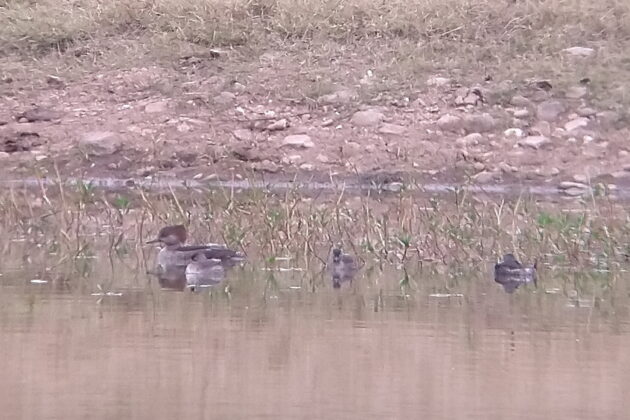
The addition of a family of Least Grebes was a nice touch.


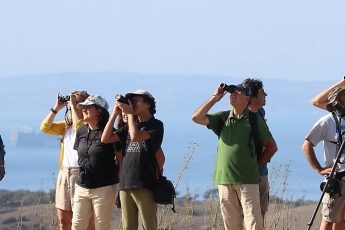
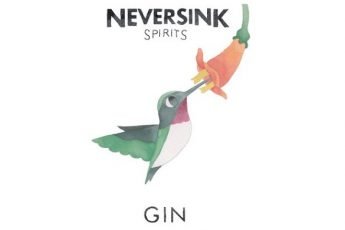

 New writers welcome – please contact us for details.
New writers welcome – please contact us for details.

















Leave a Comment